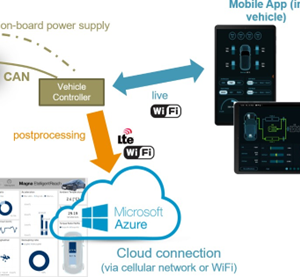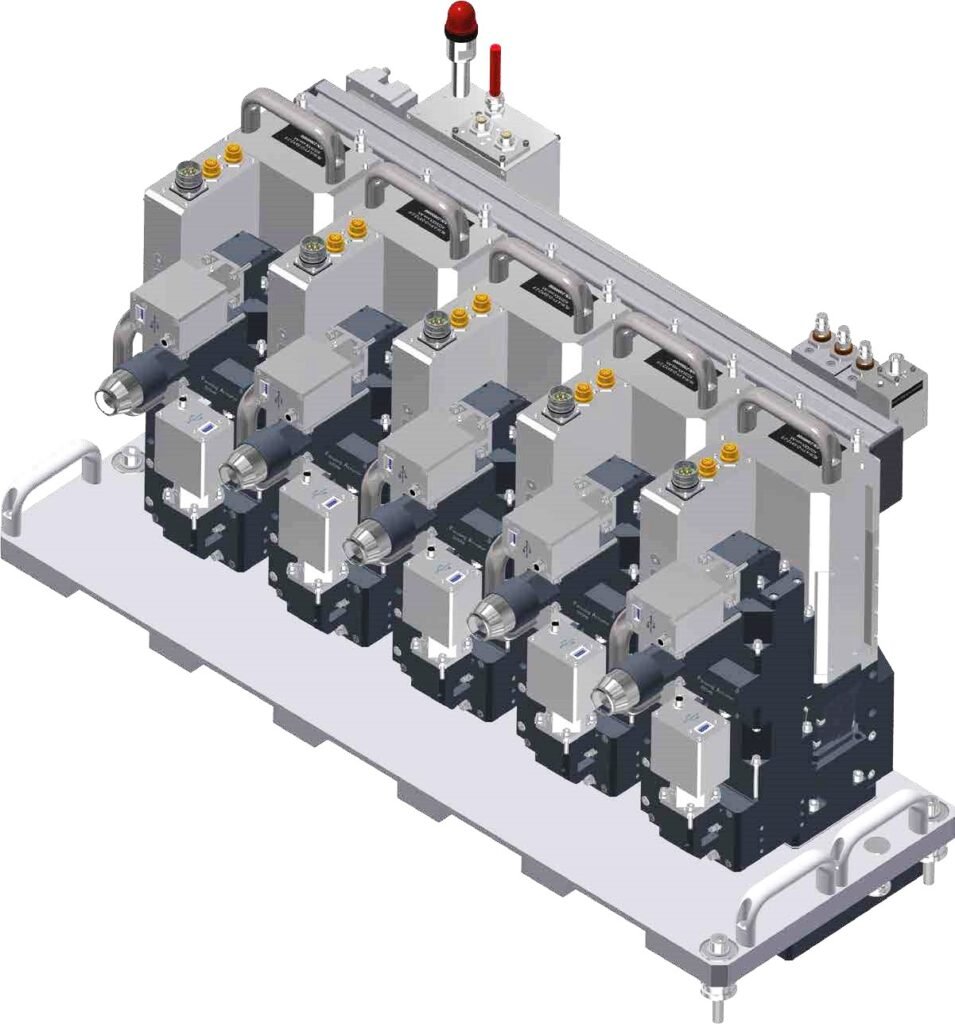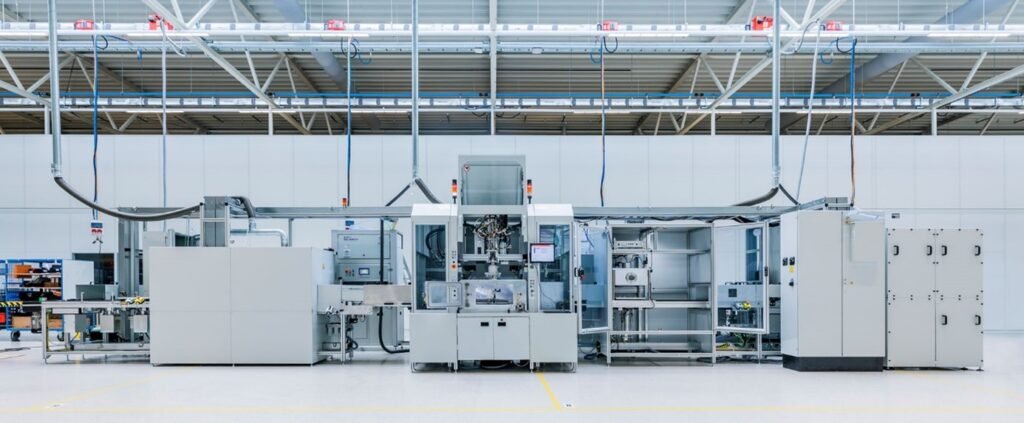
HIGH-PRECISION TEMPERATURE CONTROL FOR THE E-MOBILITY OF THE FUTURE
Ayla Wolf, ,Johannes Rockenmaier Process thermostats as key components for the testing of inverters Increasing requirements in electromobility, for
Latest News

Ayla Wolf, ,Johannes Rockenmaier Process thermostats as key components for the testing of inverters Increasing requirements in electromobility, for

Facing the Challenges of EV Powertrains with Driveability Engineering Dr. Felix Pfister,Nico Hetzel The new challenges to vehicle development that

The evolution of electric powertrain technologies – with a focus on battery testing and production David Sagorz Compared to conventional

Fuel Cell Powered Electric Vehicles – Meeting the Optimization Challenges Paul Dickinson Electric propulsion for light and medium duty vehicles

Enhancements Deliver Positive Customer Benefits in Metal Welding Applications Christian Huber The pace of change in manufacturing today is such

Vehicle Data Cloud Storage, Analysis, Live Display and Interaction Christian RathbergerA large number of modern vehicles are almost permanently connected

New components for electromobility require novel manufacturing strategies According to expert estimates, by 2040 almost 45 percent of all passenger

High resolution, high accuracy rotor position sensor improves electric vehicle performance Ulrich Marl This editorial shows the impact of rotor

Expanding Ultrasonic Applications In EV’s Dirk Schnur This presents new challenges for the automotive industry and need to be addressed

Traction motors for e-mobility:fully automatic potting of a busbar on the stator Carolin Gachstetterr & Markus Rieger In the production